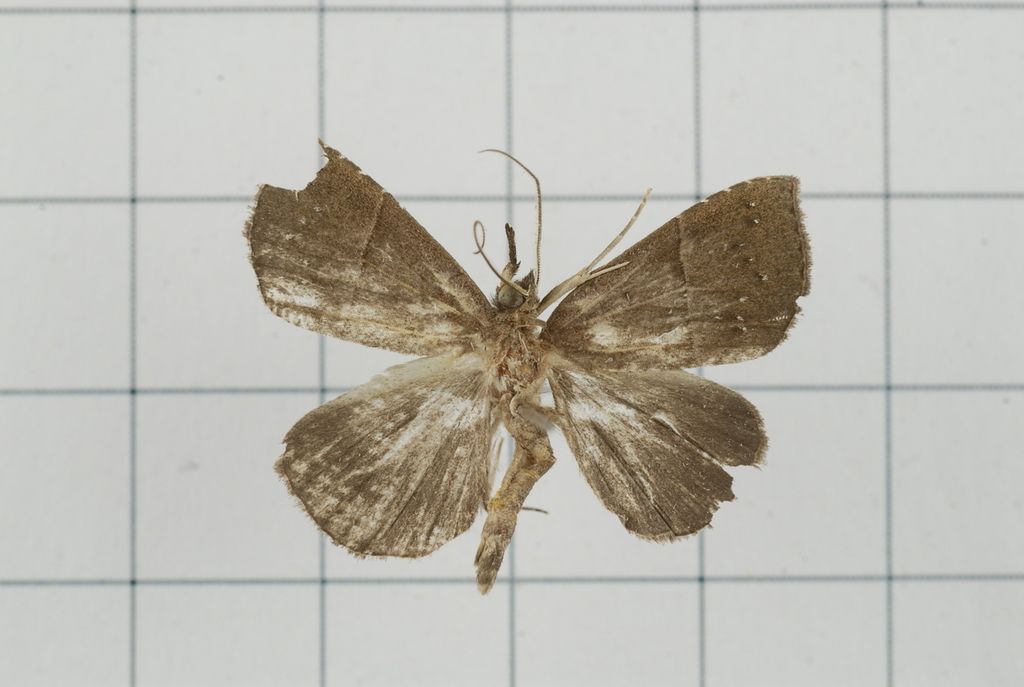Designing Bug-Free Abodes: Tips for Achieving Pest-Free Interiors
A Pragmatic Aesthetic: Designing Your Home to Repel Unwanted Guests
Who needs a magazine-worthy dwelling when it's merely a high-end restaurant for unwanted creatures? Ants, spiders, termites - these pests don't care about your sophisticated design. But what if your style could keep them at bay? Let's discuss some tricks that make your home less alluring to unwanted guests without compromising on style.
Good design is more than just aesthetics; it's function and defense mechanism rolled into one. Here's why thoughtful design matters:
- Clutter, cracks, and gaps are beckoning signs for pests. That charming exposed beam? A perfect highway for ants.
- Ventilation, moisture control, and material finishings make your space equally livable for humans and encourage fewer pest neighbors.
- Modern open-concept layouts, although great for parties, can mean shared airflow and fewer physical barriers, which isn't ideal for pest prevention.
If your home is designed with pest control in mind, you won't just be living stylishly - you'll be thriving intelligently.
Materials that Pests Avoid and You'll Adore
There are certain materials that are naturally resistant to pests yet pleasing to the eye. Here's a rundown of what works and what you might want to swap out:
Champion Materials
- Hardwood floors or tiles over carpet. Carpets trap food particles, moisture - a pest paradise.
- Metal or composite siding instead of untreated wood, vulnerable to termites.
- Quartz countertops. Non-porous, easy to clean, less attractive to pests.
Materials to Steer Clear Of
- Wall-to-wall carpeting in high-traffic or food-heavy areas.
- Natural fiber rugs in humid climates, where pests love them.
- Untreated wood trim or furniture, especially outdoors.
Pro tip: pest-resistant materials also require less maintenance, saving you time on cleaning and repairs!
Smart Layouts: Keeping Pests at Bay
How you arrange your home affects pest access and can influence how easy it is to clean or keep pests at bay.
1. Prevent Hidden Gaps
Go for custom cabinetry that fits wall-to-wall, minimizing openings and crevices where insects can nest. Be vigilant about gaps behind floating shelves.
2. Choose Elevated Storage
Furniture with legs lets you clean underneath, making it more challenging for pests to find undisturbed spots.
3. Close the Loop
In homes where the kitchen opens directly into a laundry or mudroom, ensure door thresholds are tight and sealed properly to restrict pests moving from one room to another at their pleasure.
When your home layout is designed wisely, not only will it be easier to live in, but it'll make it more difficult for pesky critters to invade your sanctuary.
Forest in the City: Balancing Outdoor Charm and Pest Prevention
That lush garden or cozy patio may be detrimental to pest control. Here are ways to maintain your outdoor aesthetic while minimizing pest attraction:
Plant Placement
Trim back bushes, trees, and shrubs from your home's walls. Overgrown vegetation can provide easy access to your home for ants, roaches, and rodents.
Drainage Design
Prevent moisture accumulation by ensuring rainwater drains away from your house. Use gravel or pavers to absorb excess water, particularly in soggy areas.
Mulch Wisely
Organic mulch serves your soil well but is a delightful choice for pests. Maintain a barrier between mulch beds and your foundation. Consider using alternative materials like rock or rubber mulch near the house.
Maintenance Habits that Double as Design Wins
Keeping a tidy home doesn't mean a compromise in style. Many effective maintenance strategies also enhance your home's overall appearance.
- Decluttering shelves, closets, and counters elevates your space - and makes it less inviting for pests.
- Proper pantry storage using glass or metal containers keeps pests away and immediately upgrades your kitchen aesthetic.
- Consistent deep cleaning preserves your fixtures and furniture while preventing pest infestations.
Design and maintenance go hand in hand. A well-maintained home is not only visually appealing but pest-free as well.
Calling in the Experts: When Good Looks Aren't Enough
Even the best design isn't foolproof. Residing in a warm climate like Arizona makes Glendale homes naturally vulnerable to pests no matter how immaculate they may be. Partnering with skilled professionals like Spark Pest gives you the edge in balancing prevention with effective solutions.
Sometimes, the most intelligent design choice is knowing when to ask for reinforcement.
FAQ: Pest Control and Home Design
Q: Can the layout of my home influence pest activity?A: Absolutely! Open layouts, cluttered zones, or poorly sealed doorways can make it easier for pests to move around your home. Smart design makes it more challenging for pests to colonize and easier to monitor your home.
Q: Are there materials that are pest-resistant and appealing for home or renovation projects?A: Yes! Embrace hard surfaces like tile, sealed hardwood, or quartz. These materials don't trap moisture or crumbs, making them less attractive to insects.
Q: Do houseplants attract pests?A: Certain plants may attract some pests, particularly those with standing water (like bromeliads) or moist soil. Keep indoor plants well-drained and inspect them regularly for any signs of pests.
Q: How often should I schedule a professional pest inspection?A: At least once a year should be sufficient, but depending on your location and the season, more frequent check-ins may be necessary.
Q: Can I have a pest-free home that's still stylish?A: Absolutely! Integrating smart choices in materials, layout, and maintenance, combined with help from local experts when needed, allows you to have a home that is equally beautiful and pest-resistant.
[1] Boyd, A. W. (2016). Eliminating mosquito larvae with floating vegetation: a method for improving landscapes. Jhomrgarden, 10(1), 13-20.
[2] Zheng, Y., Dong, N., Chen, Y., & Guo, Y. (2021). Integrated pest management for the black cutworm, Agrotis ipsilon (Hufnagel) (Lepidoptera: Noctuidae): a review. Pest Management Science, 77(1), 112-125.
[3] Buch, A., & Lundgren, J. G. (2019). Using integrated pest management to ensure the successful planting and long-term maintenance of vegetated roofs. HortTech, 29(1), 85-99.
[4] Treonis, K. L., & Pinto, K. E. (2020). Using microhabitats to enhance ecosystem services in urban environments. Urban Ecosystems, 23(3), 363-375.
[5] Bell, J. L., McElroy, C. L., & Poland, M. (2019). Termite diversity, biology, and control. Annual Review of Entomology, 64, 149-170.
- Introducing a series of tutorials that introduce art, design, and lifestyle elements into home and garden spaces, including tips on crafting a magazine-worthy sanctuary without attracting unwanted guests.
- Delve into ideas for combining pest control measures with a stylish interior design aesthetic, emphasizing the importance of materials choices like hardwood floors, metal siding, and quartz countertops.
- Discuss ways to creatively arrange spaces and furniture to minimize hiding places for pests, focusing on creative kitchen, laundry, and home office solutions that prioritize cleanliness and organization.
- Suggest eco-friendly tips for outdoor spaces, like strategically placing plants, ensuring proper drainage, and using mulch thoughtfully to avoid attracting pests while maintaining garden charm.
- Share advice on maintaining a tidy and visually appealing home through effective decluttering, proper storage solutions, and routine cleaning practices.
- Offer guidance on partnering with professionals, such as Spark Pest, to balance aesthetics with effective pest control solutions, particularly in warmer climates where pest activity may be high.
- Address frequently asked questions about pest control and design, such as the impact of layout on pest activity, the existence of pest-resistant materials, and the challenges posed by houseplants.
- Include academic resources for further learning on topics such as mosquito control, black cutworm prevention, and vegetated roof maintenance, as well as the integration of pest management strategies into urban ecosystems.
- Extend the discussion to related subjects like fashion-and-beauty tips for repelling pests, food-and-drink recipes that deter unwanted guests, pets that are naturally pest-resistant, travel destinations for pest-free adventures, car designs that help eliminate pests, educational resources for personal growth in design and self-development, career development avenues in the design and pest management industries, and shopping recommendations for products that enhance style and pest control.




